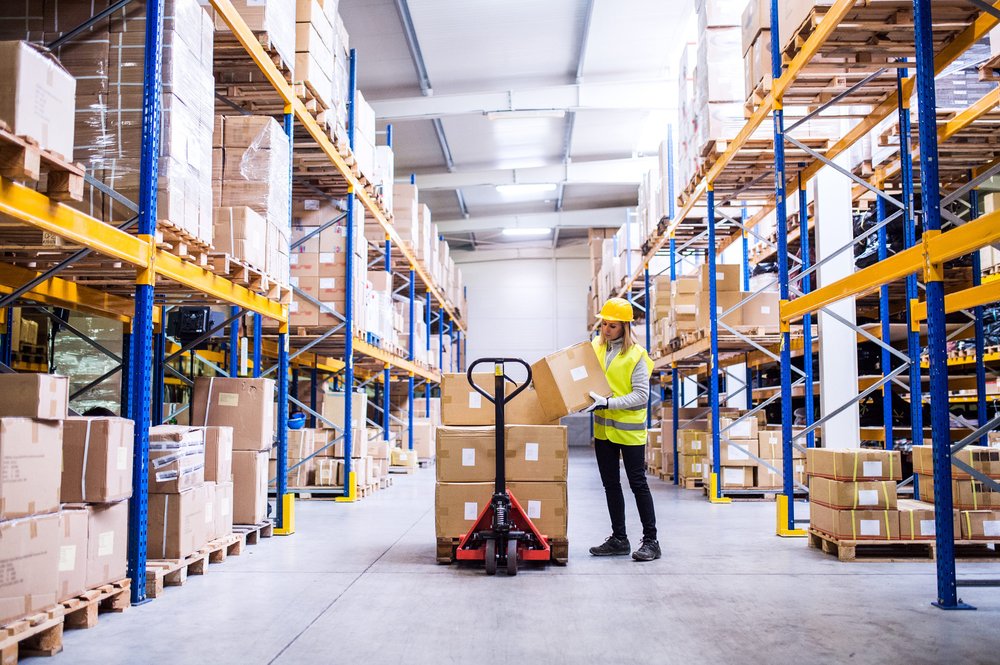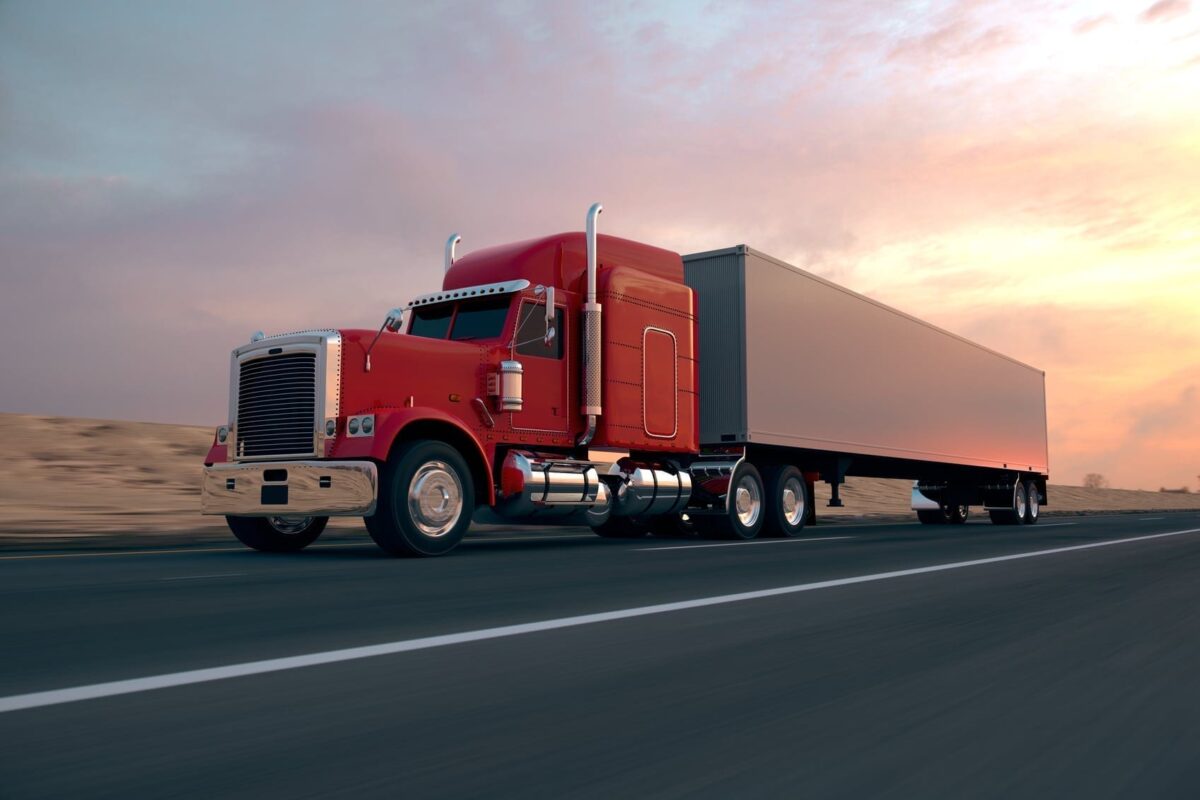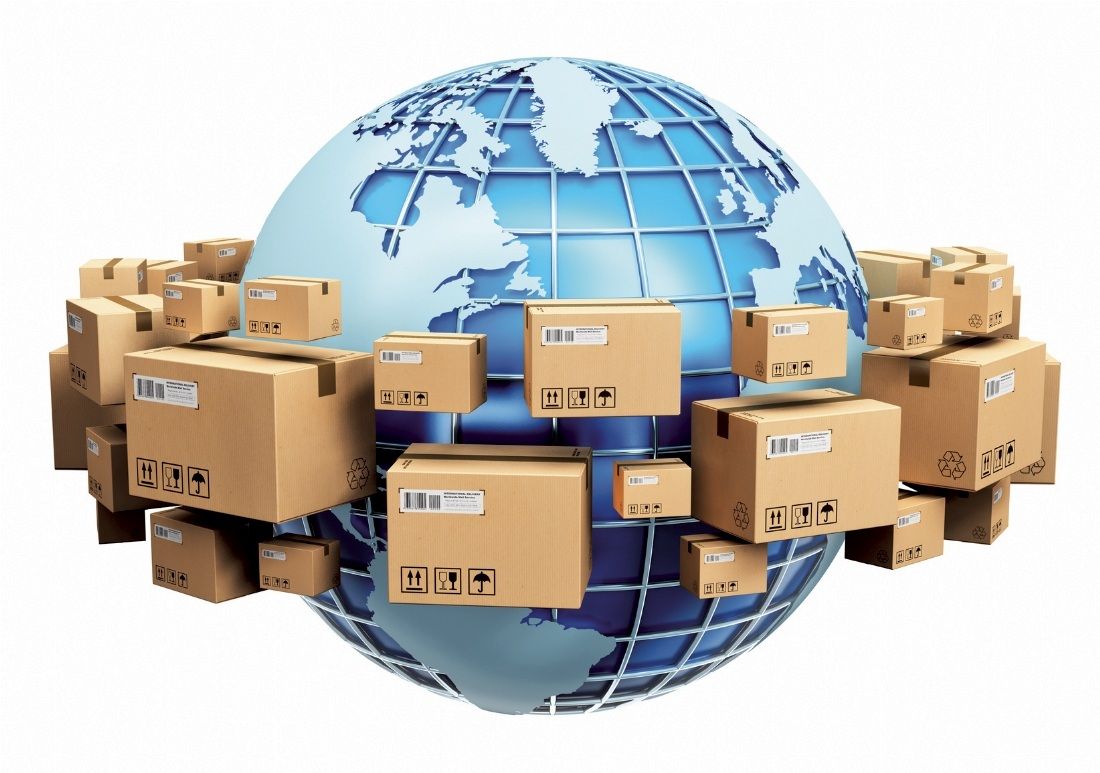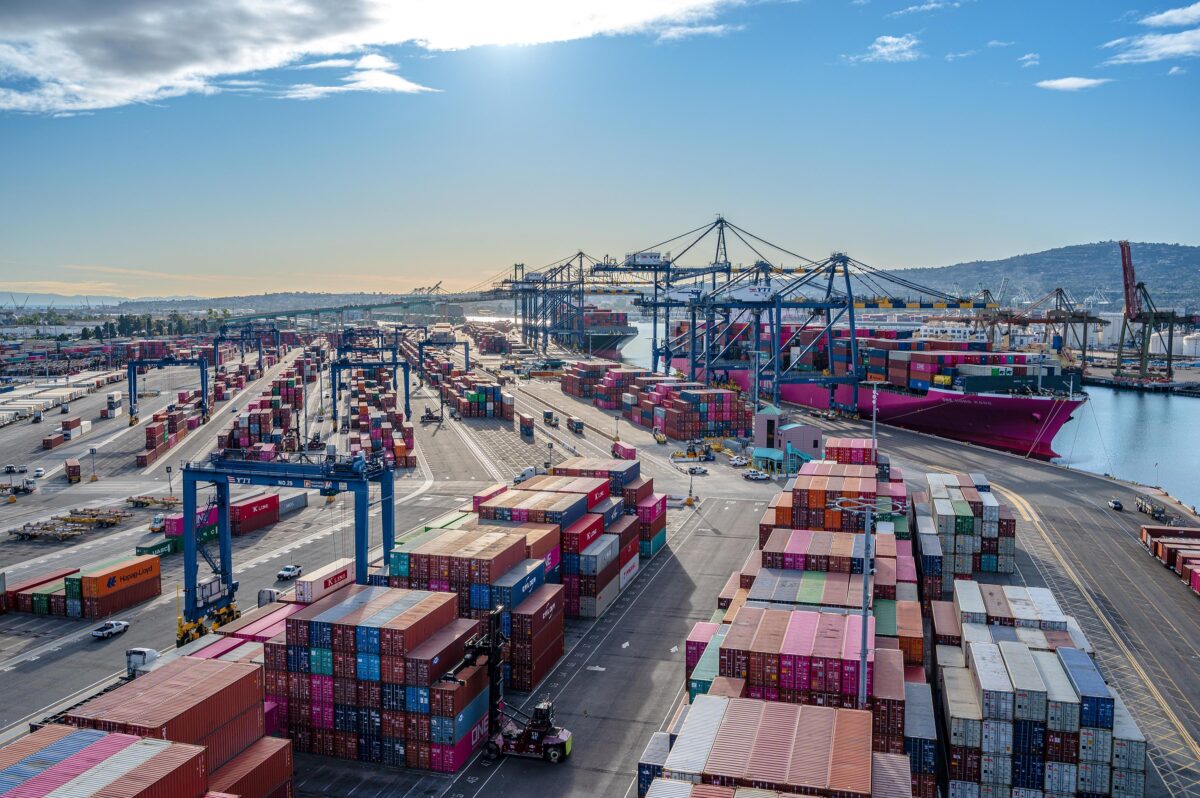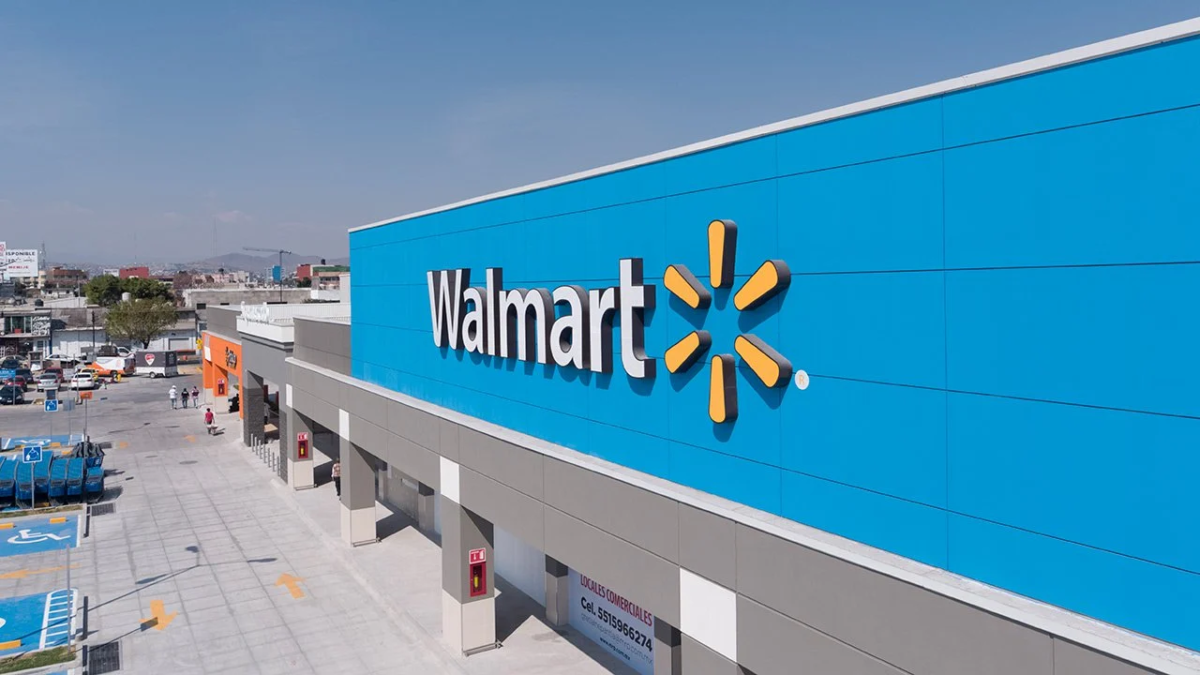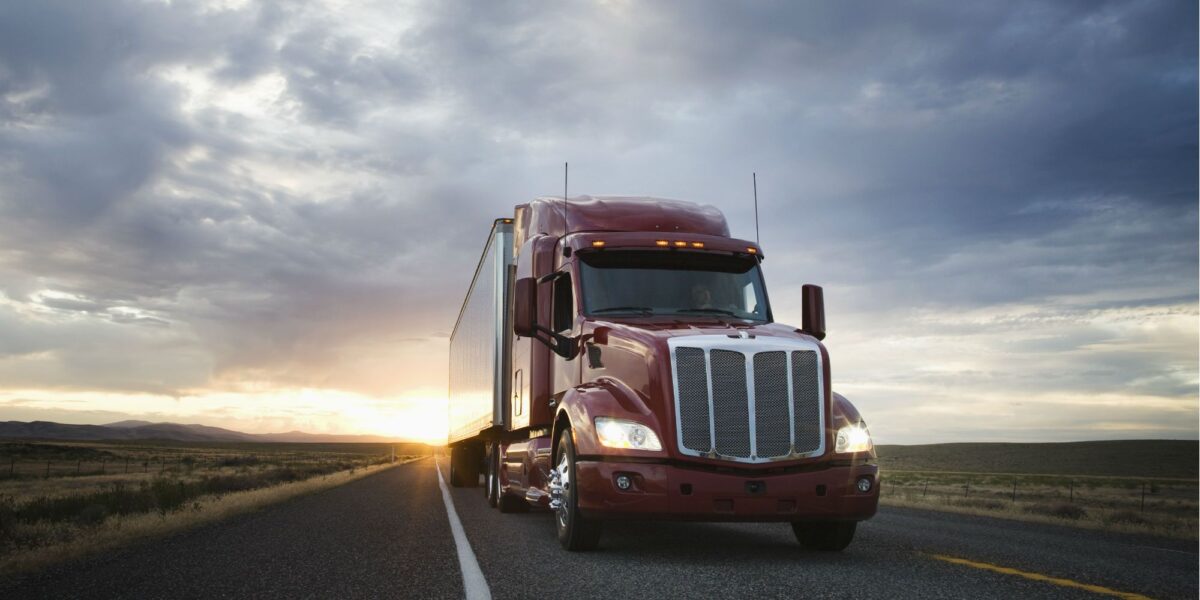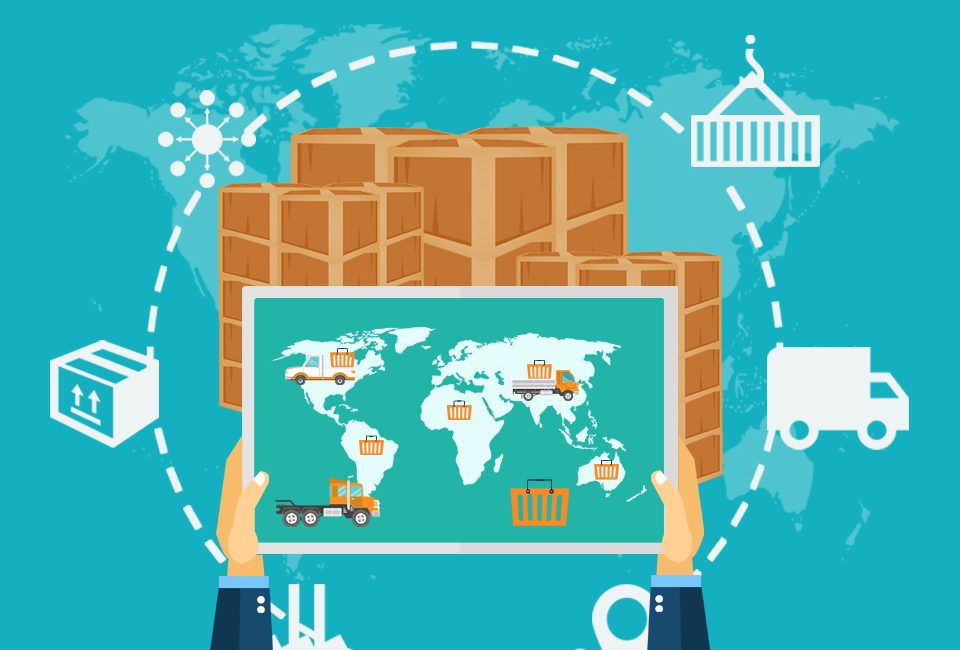Demand for distribution workers has been soaring as more consumers are shopping online. Picking, packing, and shipping e-commerce orders is more labor-intensive than traditional warehouse operations that distribute wholesale goods or replenish inventory.
More people are leaving the workforce because of concerns about getting sick or to care for family members. This has caused an intense hiring push among retailers.
Logistics providers are boosting pay, adding flexibility to shifts, blanketing social media with recruitment ads and even shipping in more robots to help workers field surging e-commerce volumes.
The push for workers is also driving sharp increases in pay. Wages for e-commerce workers have jumped from between $13 and $15 per hour to as much as $19 in some markets led by the sector’s largest operators, according to logistics executives.
Companies are increasingly utilizing robotics to navigate the holiday season. For example, DHL Supply Chain is adding hundreds more collaborative robots that navigate warehouse aisles to help workers pick orders.
Additionally, GXO Logistics Inc. added 40% more robotics and automation systems in North America in 2021 and plans to open nine new automated U.S. sites to support e-commerce this year. Among grocers at the forefront of using robotics is Hy-Vee.
Growth + Change = Opportunity!
